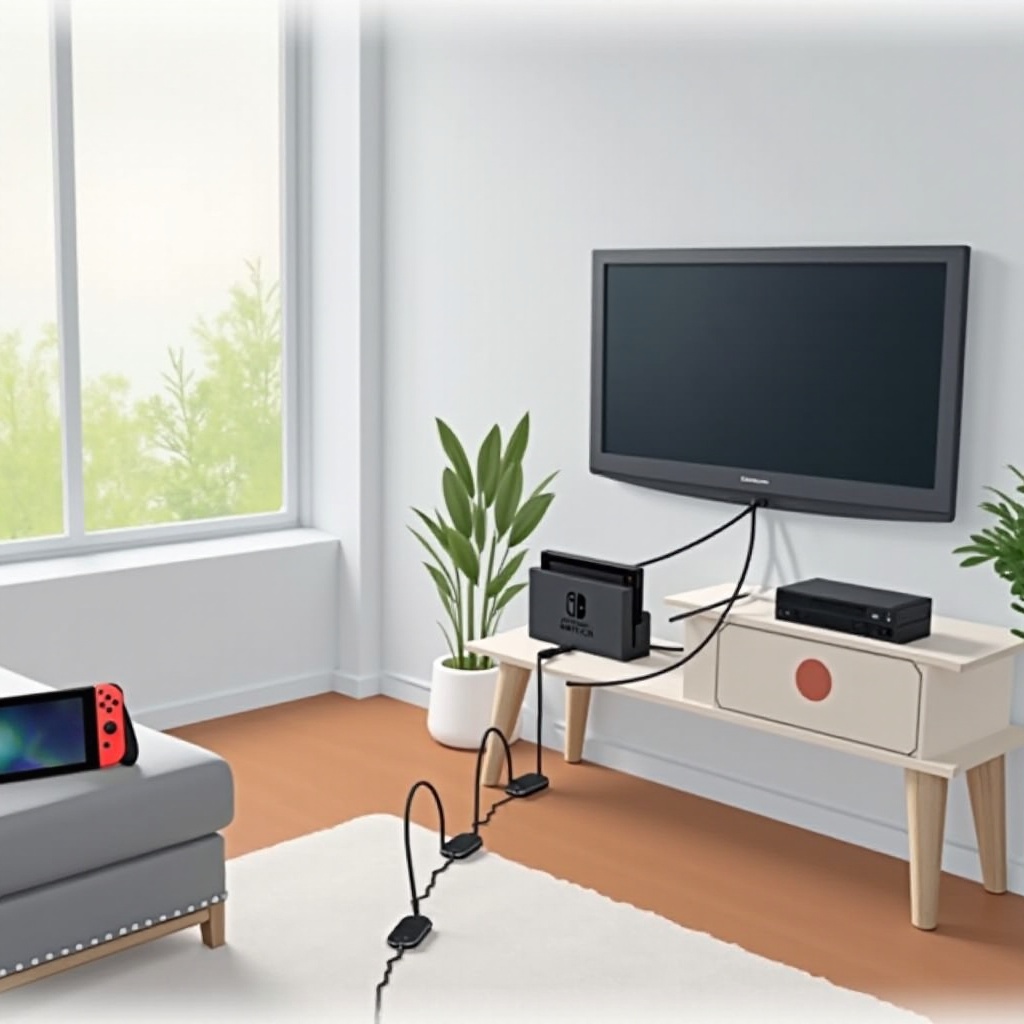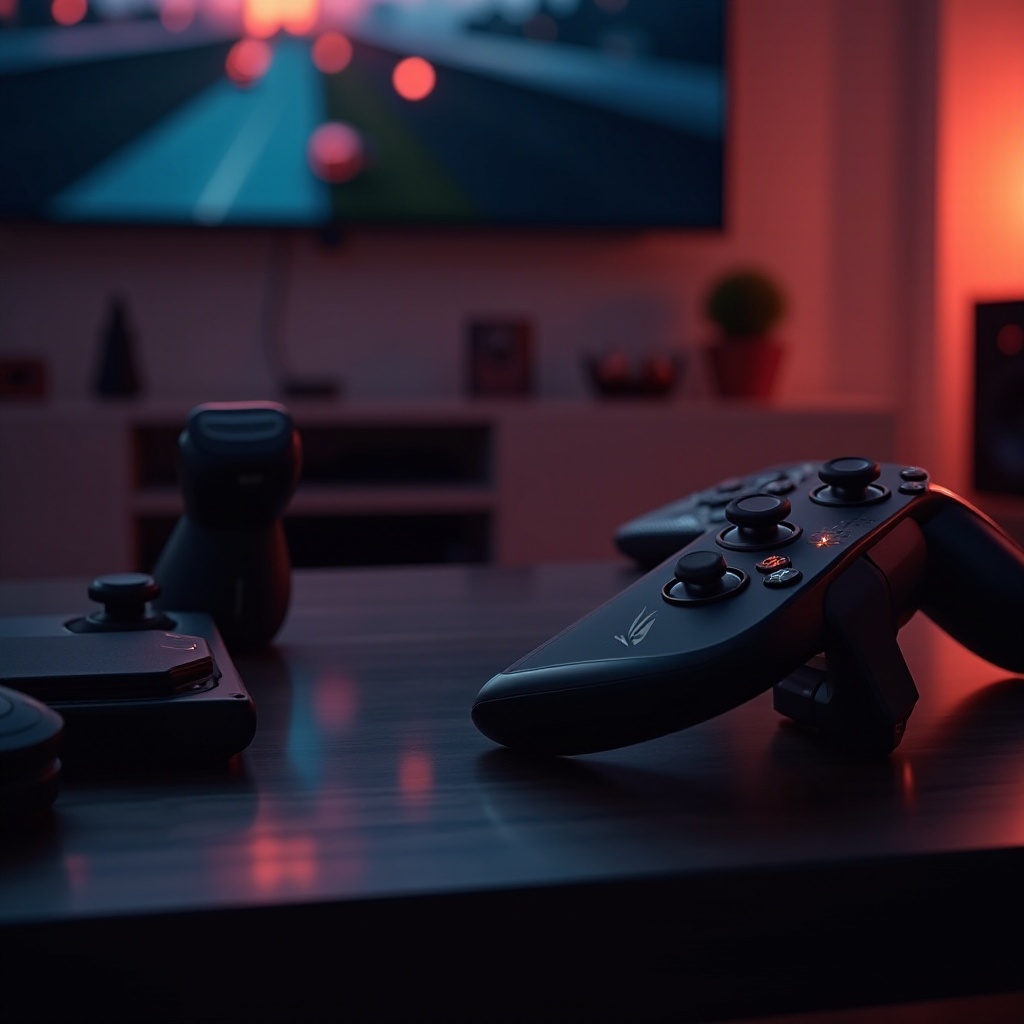Introduction
As a MacBook user, one can often encounter the issue of the device not entering sleep mode when the lid is closed. This seemingly simple malfunction can lead to significant battery drain and potential overheating, thus disrupting your routine and productivity. Understanding this issue and learning effective troubleshooting is pivotal for smooth operations. In this guide, we delve into the reasons why your MacBook might stay awake and how to efficiently resolve this. By the end of this article, you will have a step-by-step approach to ensuring your MacBook reverts to its usual power-saving habits seamlessly.
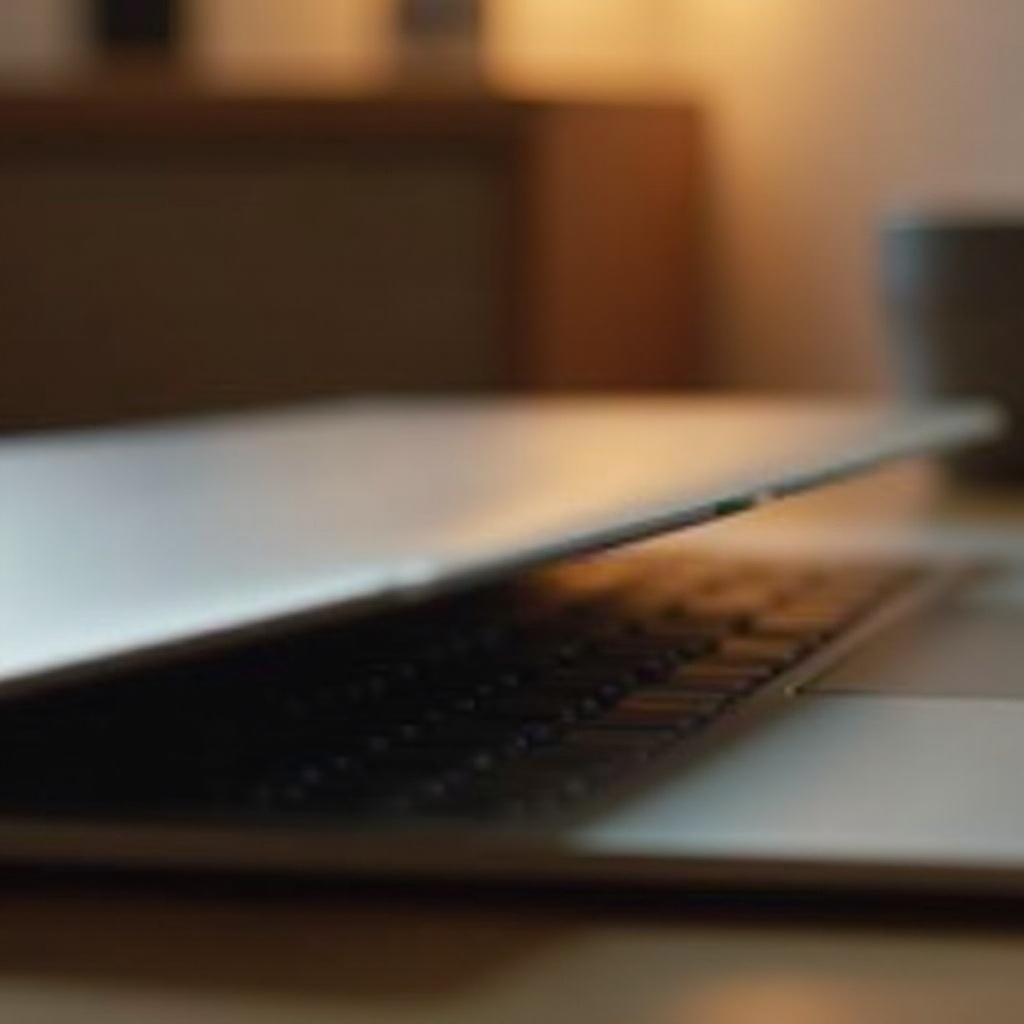
Understanding MacBook Sleep Mode
The sleep mode is an energy-saving state that allows your MacBook to conserve power when not in active use. Typically triggered when the lid is closed, or after a period of inactivity, this feature allows for quick task resumption without excessive battery consumption. However, when this functionality breaks down, identifying the cause becomes paramount in troubleshooting and rectifying the issue.
Common Causes for MacBook Not Sleeping
Various factors might interfere with your MacBook’s ability to enter sleep mode upon closing the lid.
Software Updates and Bugs
While software updates are designed to enhance performance, they can sometimes introduce unexpected bugs. After updating your MacBook’s operating system, certain underlying codes may affect sleep functionality, keeping the laptop awake even when the lid is closed.
Custom Settings and Preferences
Custom power settings, such as wake for network access or configured screen sharing, may lead your MacBook to remain operational despite having the lid shut.
Peripheral Devices and External Monitors
External devices, including USB peripherals or HDMI monitors, can prevent your MacBook from entering sleep mode by sending signals that override the sleep command triggered by closing the lid.
Adjusting System Preferences
To resolve the issue with your MacBook not sleeping, it’s essential to examine and adjust system preferences that influence sleep behavior.
- Open System Preferences: Click the Apple menu and select ‘System Preferences.
- Access Energy Saver Settings: Click on ‘Battery’ or ‘Energy Saver,’ depending on your macOS version.
- Modify Sleep Settings: Make sure options like ‘Wake for network access’ are off and set the display to turn off after a reasonable time.
- Check Sharing Settings: Go to ‘System Preferences’ > ‘Sharing’ and disable features like ‘Screen Sharing’ and ‘File Sharing.
These adjustments will help align your system settings with expected sleep mode behavior.
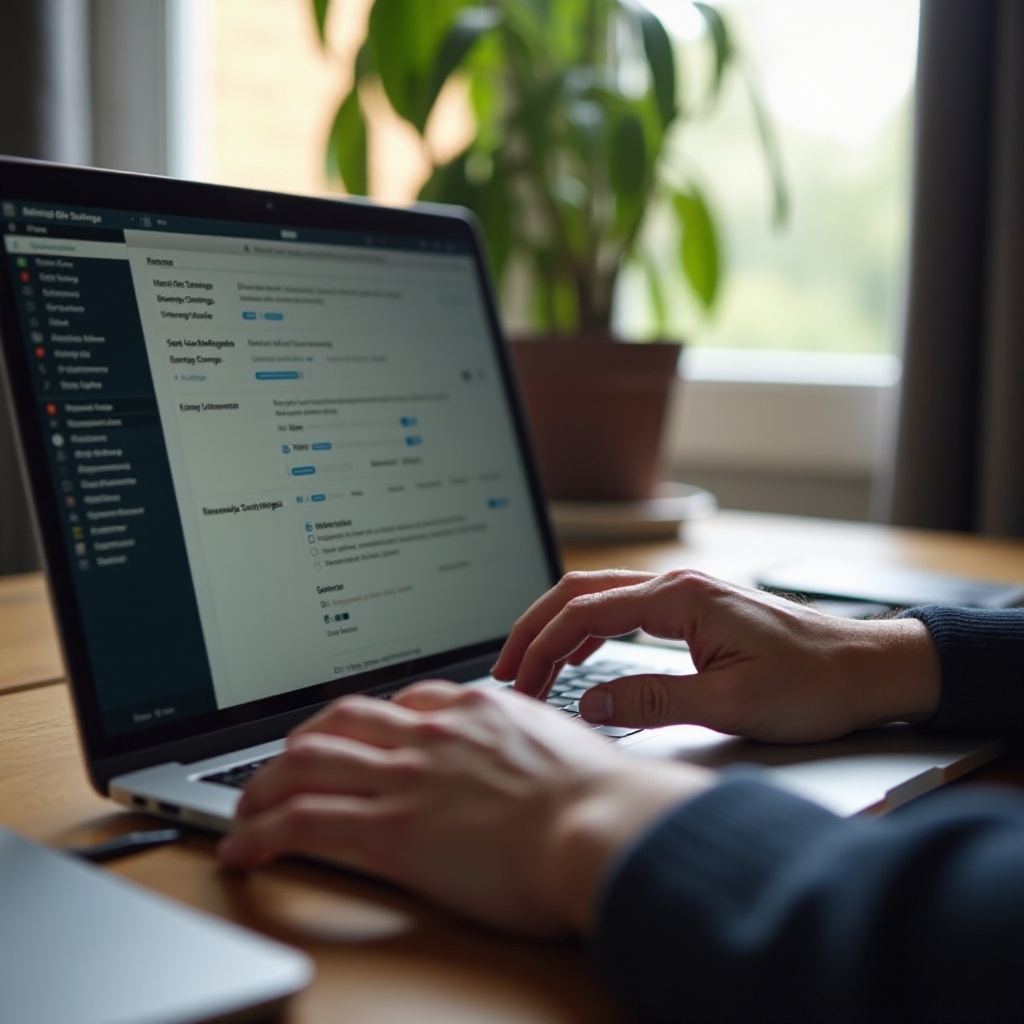
Inspecting Connected Devices and Peripherals
Imagine your MacBook as a central hub connected to various external devices. Occasionally, these peripherals prevent the laptop from sleeping, even when the lid is closed.
- Disconnect Unnecessary Peripherals: Remove all USB-driven devices, external hard drives, and monitors.
- Check for Active Processes: Use ‘Activity Monitor’ to identify any applications linked to these peripherals that may still be active, preventing sleep mode.
Managing peripheral connections can effectively control your MacBook’s ability to sleep.
Troubleshooting Software Issues
Software glitches are sometimes the culprits behind unexpected MacBook behavior. Here are some solutions:
Updating macOS and Applications
- Update macOS: Navigate to the Apple menu, choose ‘System Preferences’ > ‘Software Update,’ and install any available updates.
- Update Applications: Open the App Store, proceed to the ‘Updates’ tab, and update all applications.
Frequent updates ensure that your MacBook remains free from bugs affecting sleep mode.
Resetting SMC (System Management Controller)
The SMC controls several hardware functions and resetting it can often resolve sleep issues.
- Shut down your MacBook.
- Plug in the power adapter.
- Hold Shift + Control + Option and the power button for 10 seconds.
- Release and restart your MacBook.
Resetting NVRAM/PRAM
NVRAM/PRAM store certain settings, and by resetting them, you might resolve lingering sleep issues.
- Shut down your MacBook.
- Turn it on and immediately press Option + Command + P + R.
- Hold for about 20 seconds, then release.
Investigating Third-Party Applications
Some third-party applications may override default MacBook settings, prompting the device to stay awake.
- Identify Software Culprits: Use Activity Monitor to find apps consuming excessive resources or executing background processes.
- Disable or Uninstall: Temporarily disable or remove potentially problematic applications to determine if they are the cause.
A proactive approach towards managing your software environment helps prevent unwanted wakefulness.
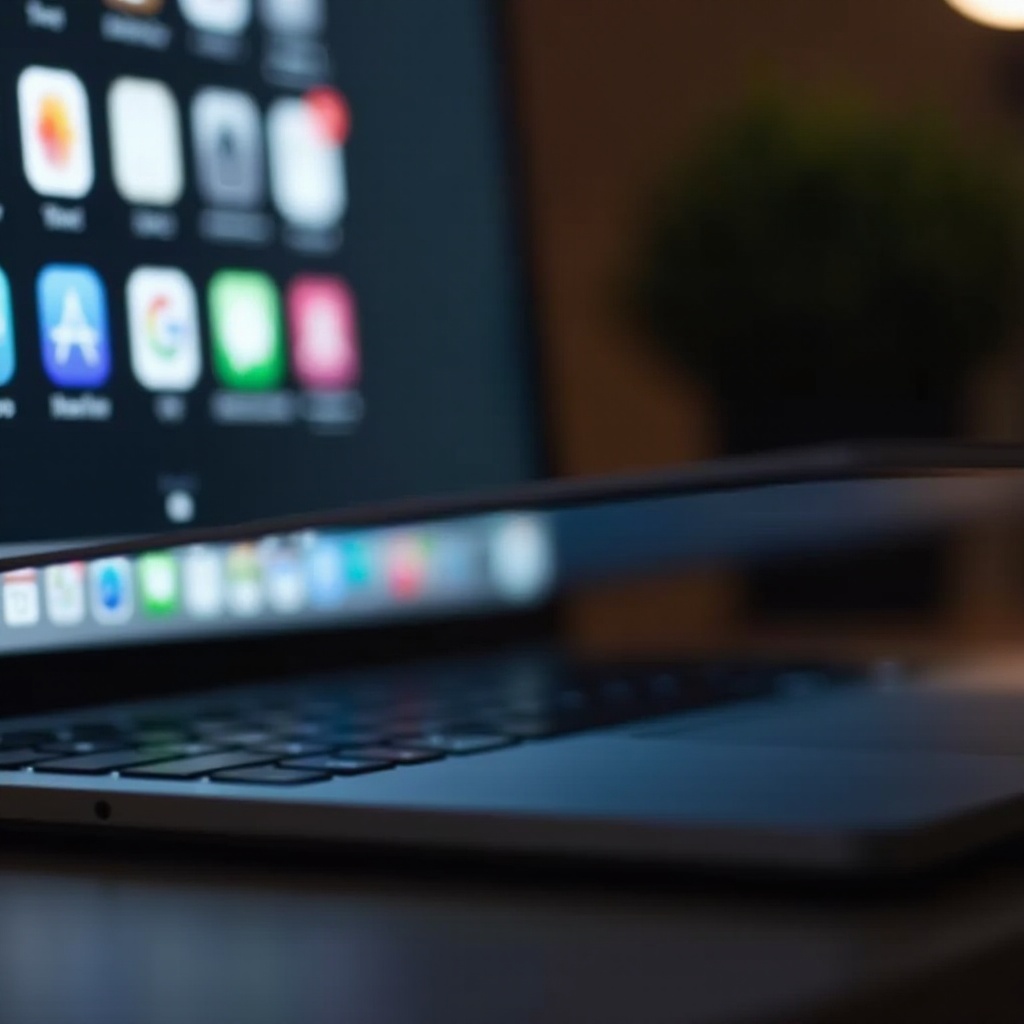
Examining Hardware Problems
If the software and settings seem intact, the next checkpoint should be hardware-related issues. Investigate any physical components:
- Inspect the Lid Sensor: Ensure it is clean and undamaged, as a malfunctioning sensor may fail to register the lid’s closure.
- Check for Physical Damage: Look for any external damages that might influence the function of sleep mode.
Should the problem persist beyond these measures, consulting Apple support or visiting an authorized service provider might be necessary.
Conclusion
A MacBook that doesn’t sleep when the lid is closed can be a hindrance to daily operations. Whether it’s due to software updates, modified settings, or external devices, each element requires individual scrutiny and rectification. The solutions offered in this guide aim to restore your MacBook’s regular sleep function. Always keep your software up-to-date and manage connected peripherals to maintain optimal performance. If issues continue, seeking professional help is advisable.
Frequently Asked Questions
Why won’t my MacBook sleep when I close the lid?
Your MacBook might not sleep due to software bugs, custom settings, or connected peripherals.
How do I fix a MacBook that stays awake when the lid is closed?
Adjust system preferences, inspect connected devices, update software, and reset the SMC or NVRAM.
Can third-party apps prevent my MacBook from sleeping?
Yes, third-party applications with background processes can interfere with your MacBook’s sleep mode.

